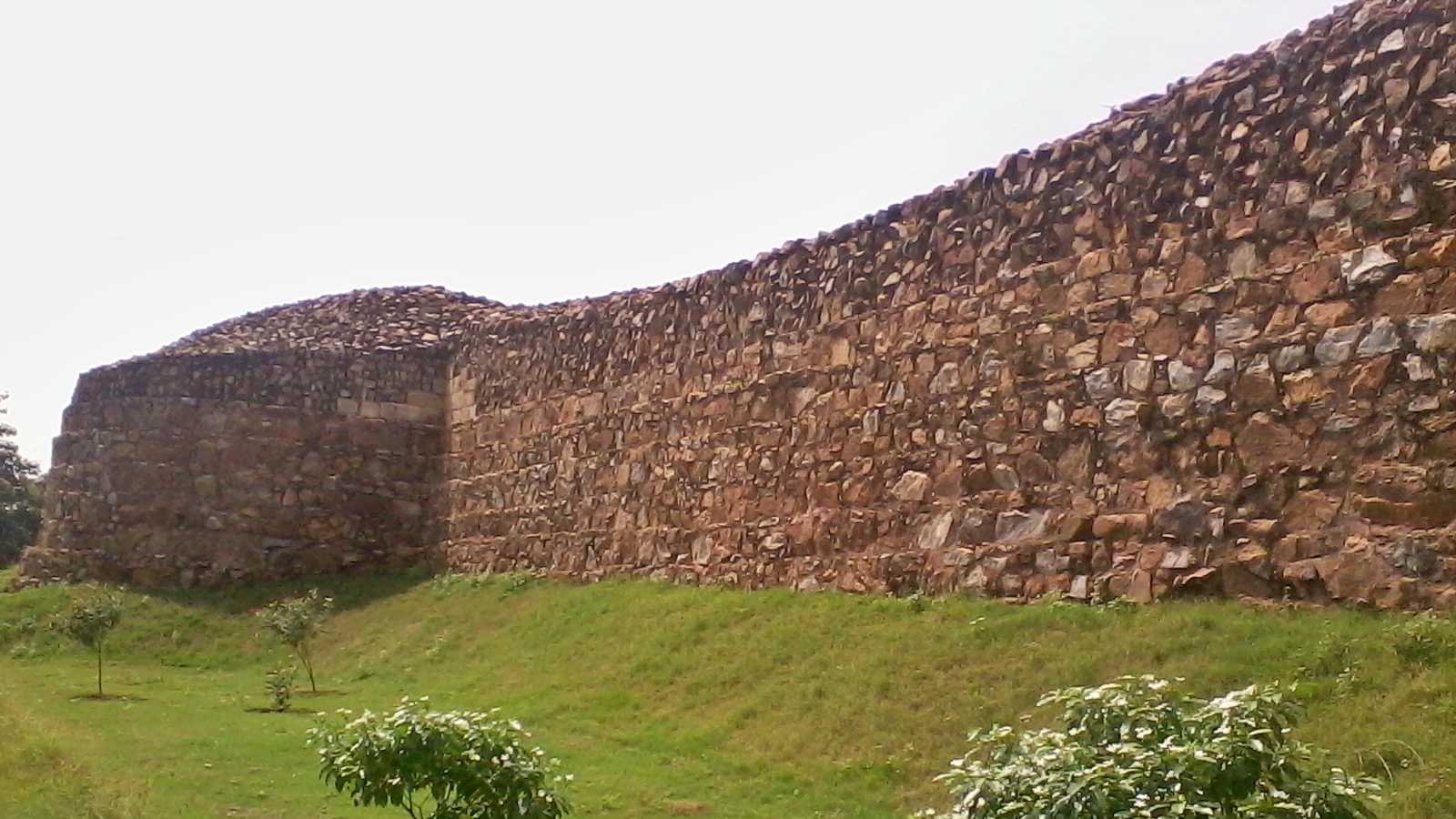Over centuries, Delhi, a city of many names, has worn titles including ‘Dhillupura’, ‘Dhillika’ and ‘Yoginipura’. The earliest reference to the city, founded by the Tomaras, describes it as ‘Dhillupura’, while ‘Yoginipura’ appears in various inscriptions and ancient Jain texts.
One such inscription — the Iron Pillar inscription and other fragments from the Qutb archaeological area — suggests that the region was known as ‘Yoginipura’ during the Gupta period (between the 4th and the 6th centuries) and Pratihara period (believed to be between the 6th to the 9th centuries), potentially comprising a temple complex before it was recognised as ‘Dhilli’ or ‘Dhillika’. It be believed that a city named ‘Indraprastha (City of the Lord Indra)’ was built around Delhi around 1400 BCE and was the capital of the Pandavas.
One ancient name — ‘Yoginipura’ — recently sparked an academic debate at Delhi University. Last week, The Indian Express had reported that inclusion of ‘Yoginipura’ in the first unit of the university’s revised undergraduate history syllabus had prompted an uproar from faculty members.
Many historians argued that while there was some historical evidence connecting Delhi to the name ‘Yoginipura’, the location and significance of the site were subject to academic contention. Several of the varsity’s faculty members argued over the validity of the site’s historical prominence as the city’s many names continue to reveal layers of its complex and contested past.
Some references in Jain texts support the existence of a settlement by the name of ‘Yoginipura’, besides the occurrence of a similar name in three 13th and 14th century inscriptions, which confirm the sequence of rulers but offer little detail on the name’s origin.
A 13th-century inscription found in a baoli (stepwell) in Palam village refers to the construction of a well by Uddhara, a householder of ‘Dhilli’. The 13th line of the inscription identifies ‘Dhilli’ as ‘Yoginipura’. Since physical evidence is limited, besides a mention in a few inscriptions, historians are divided on how much historical weight the name ‘Yoginipura’ should carry.
Historian Upinder Singh writes in her book Ancient Delhi, “The legends known from local traditions connecting the name of Delhi with kings Dalip (Dilipa of Epics) or Delu, king of Kanauj… do not contain any fact and it seems more possible that Indraprastha of the early historical period lost its grandeur some time around the Gupta period. Although the excavations of Purana Qila, the site of Indraprastha prove the continued habitation till the Mughal period, it is quite possible that Indraprastha lost its status much before the time of Anang Pal II, the Tomar ruler who is credited to have inhabited Delhi sometime between 1052 and 1060 AD when it came into existence around the Lal Kot near Mehrauli.”
Singh further notes that “Amongst epigraphical evidence, the Palam Baoli Inscription of the time of Balban dated in the year 1274 AD categorically says ‘The land of Hariyanaka was first enjoyed by the Tomaras and then by the Chauhans. It is now ruled by the Saka Kings’.”
The inscription lists the rulers of the Slave dynasty, up to Balban, and identifies the region of ‘Dhilli’ or ‘Yoginipura’ as once ruled by these dynasties. However, few believe the area was known as ‘Yoginipura’ in ancient Jain texts and that Prithviraj Chauhan himself was said to have patronised a Yogini temple here shortly before his city’s destruction.
Between 1806 and 1837, Lala Sidhu Mal, a noble in the court of Mughal Emperor Akbar II, built the Jogmaya temple in Delhi’s Mehrauli, on the site where an ancient Yogini temple is believed to have existed. While no concrete proof exists today, it is possible that there once was such a temple in the area.
References to ‘Yoginipura’ as the name of an ancient or early mediaeval settlement in the Delhi area may have been connected with a Yogini temple that was once located in the area but no remains of an ancient temple in the area have survived.
A Jogmaya temple does exist in Mehrauli today, but it was built in the 19th century. Also Jogmaya is different from the Yoginis. The 64 Yoginis are considered the attendants or manifestations of Goddess Durga. Yogini temples usually have distinctive architectural features: they are circular and don’t have roofs. Sculptures of Yoginis are found around the inner circle.
Unlike Delhi, there are ancient Yogini temples across the country: the Chausath Yogini temples in Odisha’s Ranipur Jharial and Hirapur, and a few others in Madhya Pradesh’s Jabalpur and Khajuraho. These temples broadly belong to the early mediaeval period, when tantra was gaining ground.
One of the most significant links to ‘Yoginipura’ comes from Jain texts, but even these references are sparse. For example, Jain poet Raïdhu, writing in the early 15th century, mentioned ‘Yoginipura’ in eulogies of patron merchants from Delhi who had migrated to Gwalior after Timur’s sack of the city in 1398.
However, as Eva De Clercq, Associate Professor, Ghent University, Belgium, points out in her paper, ‘Memories of Yoginipura’, the city itself is never described in Raïdhu’s writings, likely to avoid recalling the devastation caused by Timur’s invasion.



